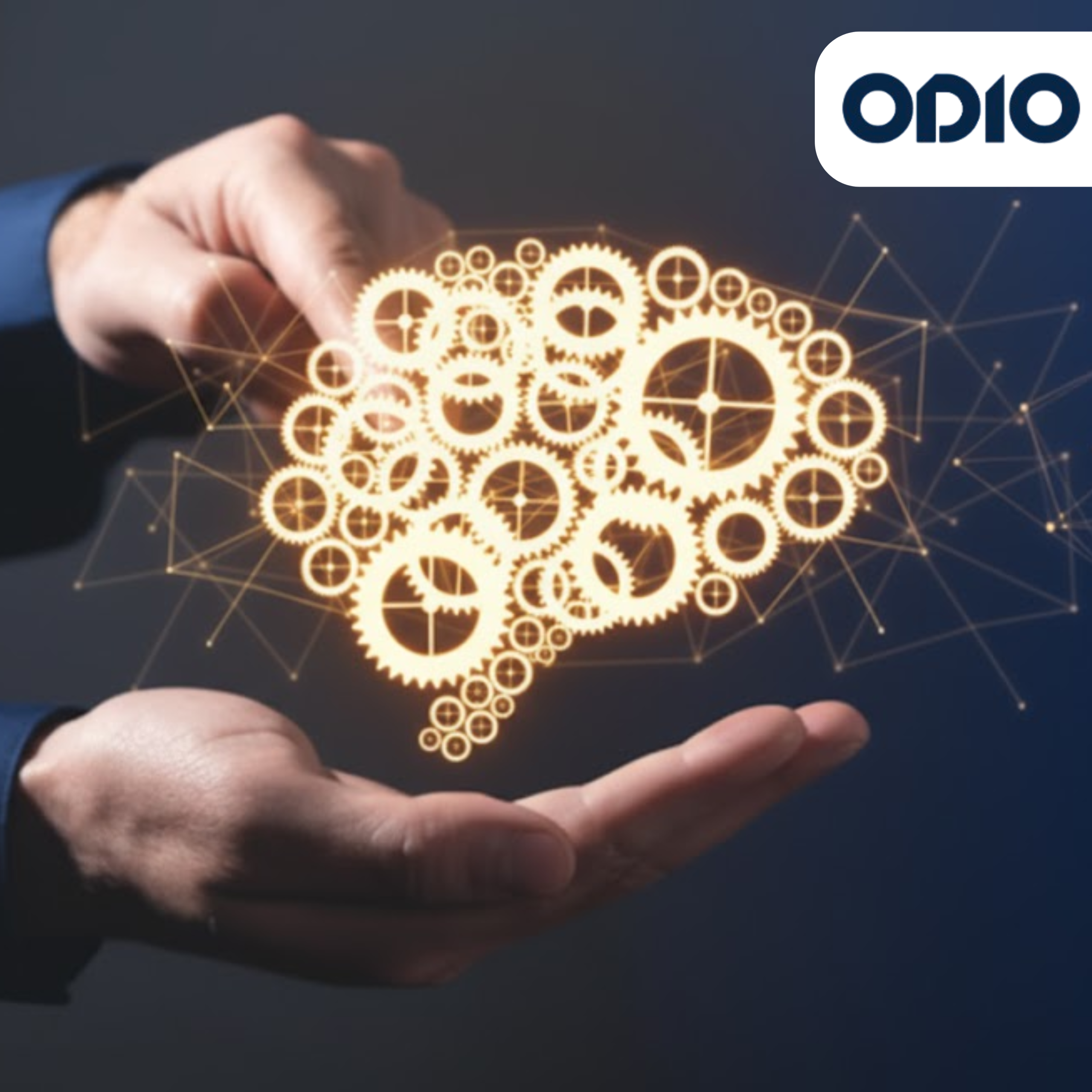
For decades, customer experience (CX) has been a numbers game. We’ve tracked metrics, analyzed funnels, and optimized journeys, all based on explicit, quantifiable data. But what about the unspoken, the implicit, the emotional core of every customer interaction? Consequently, a new frontier is emerging, one where artificial intelligence doesn’t just process data but comprehends human feeling. This is the dawn of NeuroAI and Cognitive CX, a paradigm shift poised to create truly emotionally adaptive systems that resonate with customers on a profoundly human level.
What is NeuroAI? Beyond Algorithms to Understanding
At its core, NeuroAI is an interdisciplinary field that seeks to bridge the gap between artificial intelligence and neuroscience. It’s not just about building smarter machines; it’s about building machines that understand, and even emulate, the biological processes of the human brain.
Fundamentally, traditional AI excels at pattern recognition within massive datasets. NeuroAI, however, aims to infuse AI with cognitive capabilities like reasoning, contextual awareness, and emotional intelligence. It draws inspiration from how our neural circuits process information, learn from sparse data, and intertwine logic with emotion to make decisions. This isn’t just a technical upgrade; it’s a philosophical one, moving us from “what a customer did” to “why a customer felt a certain way while doing it.”
The Rise of Cognitive CX: The Mindful Customer Experience
If NeuroAI is the engine, then Cognitive CX is the vehicle. Cognitive CX represents the application of these brain-inspired AI systems to understand and optimize the entire customer journey based on cognitive and emotional signals.
Instead of reacting to a customer’s stated problem, a Cognitive CX system proactively interprets:
- Tone of voice in a support call (frustration, urgency, confusion).
- Sentiment and semantic meaning in written feedback or chat conversations.
- Micro-expressions and facial cues during a video interaction.
- Behavioral patterns that indicate friction, delight, or apathy.
By synthesizing these multimodal signals, emotionally adaptive systems can perceive the customer’s emotional state in real-time and adapt the interaction accordingly.
The Mechanics of Emotion: How Emotionally Adaptive Systems Work
Creating a system that can adapt to human emotion is a complex, multi-layered process. Specifically, it involves a continuous feedback loop:
- Multimodal Perception: The system uses various inputs- Audio (speech), Text (chat, email), and Visual (video feeds), as its senses. Advanced algorithms perform sentiment analysis, vocal stress analysis, and facial emotion recognition to gather raw emotional data.
- Contextual Fusion and Interpretation: Here, NeuroAI principles come into play. The system doesn’t just see “anger” in isolation. It fuses the emotional signal with contextual data: What is the customer’s history? What page are they on? What was the last action they took? This creates a rich, nuanced understanding of the emotional driver.
- Cognitive Reasoning and Prediction: The fused data is processed by neural networks modeled on cognitive reasoning. The system doesn’t just identify the emotion; it predicts the customer’s underlying need and likely next action. For instance, a customer with a raised voice and a history of failed logins isn’t just “angry” – they are likely feeling helpless and need immediate, confident assistance.
- Adaptive Response: This is the culmination. The system dynamically adjusts its response. This could mean:
- Routing a frustrated caller directly to a specialized, empathetic human agent.
- Adjusting the language and tone of a chatbot to be more reassuring.
- Offering a specific, context-aware solution before the customer even fully explains the problem.
Ultimately, the goal is to make every customer feel heard, understood, and valued on an individual level.
The Tangible Impact: Why Your Business Needs Emotionally Intelligent CX
The shift to emotionally adaptive systems isn’t just a “nice-to-have”; it’s a strategic imperative with a clear return on investment.
- Dramatically Enhanced Customer Loyalty: When a system demonstrates empathy, it builds a deep, emotional connection that transcends transactional satisfaction. Customers become advocates.
- Proactive Issue Resolution: By detecting frustration early, you can solve problems before they escalate, reducing complaint volumes and negative reviews.
- Increased Agent Efficiency and Satisfaction: These systems empower human agents with real-time emotional intelligence and context, allowing them to focus on high-value, empathetic interactions. They can learn more about building this synergy in our post on [The Human-AI Partnership: Empowering Your Team with Intelligent Tools].
- Personalization at Scale: Move beyond “Hi [First Name].” Deliver personalized experiences based on a customer’s real-time emotional state and cognitive style.
The Future is Adaptive: What’s Next for NeuroAI and CX
We are only scratching the surface. Looking ahead, the future of Cognitive CX is even more integrated and anticipatory. We can expect:
- Affective Computing: Systems that can not only recognize but also appropriately simulate empathy in their responses.
- Cross-Channel Emotional Memory: A unified emotional profile that follows the customer across every touchpoint, from social media to in-store visits, creating a seamless and consistently understanding experience.
- Predictive Emotional Analytics: Forecasting customer churn or brand affinity based on emotional trends, allowing businesses to intervene with precision.
Conclusion: Are You Ready to Connect on a Deeper Level?
The era of cold, transactional customer service is over. The future belongs to the brands that can connect with customers cognitively and emotionally. NeuroAI and Cognitive CX are not distant concepts; they are the building blocks for the next generation of customer loyalty and business growth. By investing in emotionally adaptive systems, you are not just upgrading your technology stack – you are committing to a more profound, more human understanding of the people you serve.
Ready to build a customer experience that doesn’t just listen, but understands? The team at Odio is at the forefront of integrating intelligent, adaptive AI into customer operations. [Contact us today to schedule a consultation] and discover how you can pioneer the future of Cognitive CX for your business.

